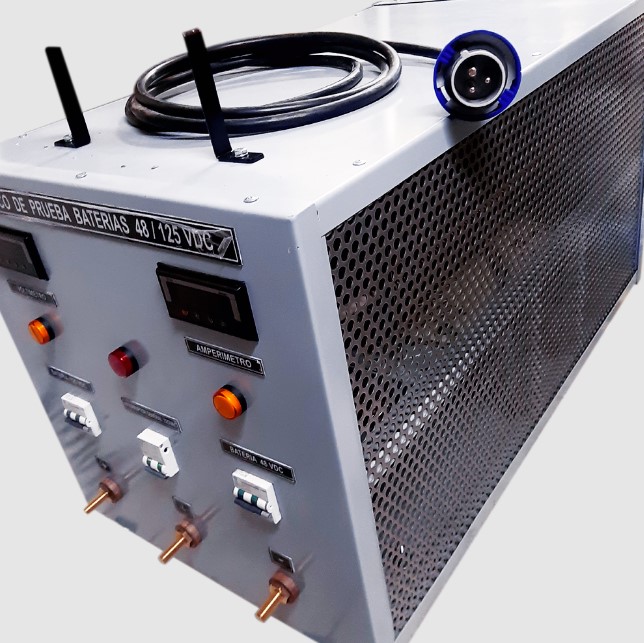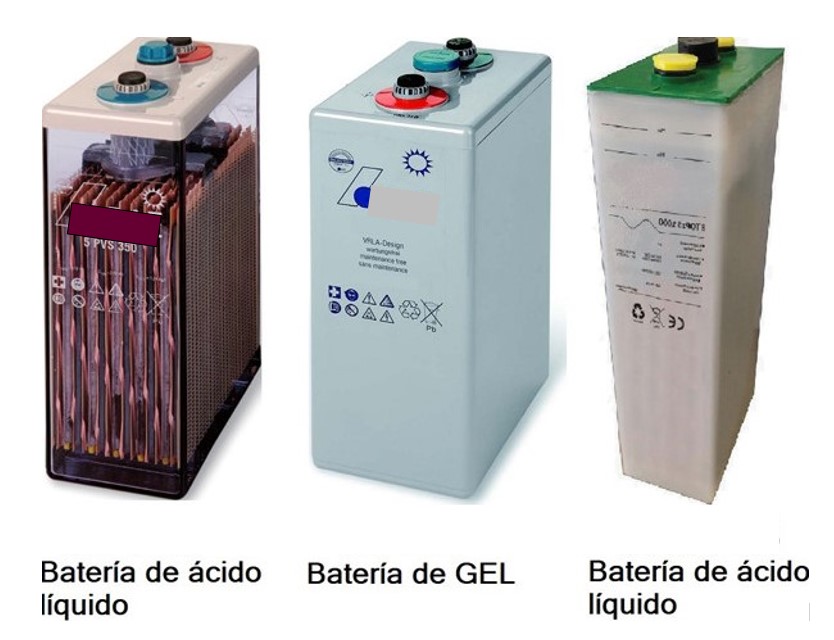AC/DC Power
Battery discharge test: what is it and what is it for?
The battery discharge test is perhaps one of the most reliable tests you can perform on a battery or a battery bank. It provides a comprehensive insight into the health status of the cells.
In this post, we will analyze this test applied to stationary battery technology, with a focus on battery banks. Let’s get started!
What is the stationary battery discharge test?
This is a process aimed at determining the operational state of a battery bank and each of its elements. It involves monitoring the behavior of each battery cell throughout the process.
During this test, a simulation is carried out to mimic a situation where the equipment needs to power the load. However, to avoid risking the service, the equipment is disconnected, and the load is directly powered by rectifier units.
At the same time, it is ensured that the rectifiers do not fail by energizing them through a motor-generator group. Finally, the load is simulated using a device called a “test bank,” as shown below.

The test is adjusted to extract a certain amount of current from the load at its nominal voltage. Then, the necessary data is collected for analysis. We provide detailed information on this in the article Data to collect during the stationary battery discharge test.
It’s important to note that this is a long-duration test. The load is powered until one of the cells reaches the cutoff voltage, which can take several hours. The duration of this period depends on the condition of the equipment.
Keep in mind that as the battery elements discharge, the voltage decreases.
To which types of batteries can the discharge test be applied?

This test can be performed on all types of batteries. However, you must consider and be aware of the technical specifications of each battery bank. Such as cut-off voltage, maximum discharge current, temperature, among others.
For instance, the working temperature for a sealed battery bank is much lower than for ventilated ones. Additionally, the cut-off voltage is determined during the equipment’s dimensioning.
Why is a discharge test performed?
This procedure serves several purposes, including:
- Establishing the actual autonomy time it will provide in the event of rectifier failure.
- Assessing the physical, electrical, and operational state of each element in the battery bank.
- Verifying that the initial design criteria are maintained in terms of power supply, adjustments due to aging, temperature, among others.
You should be aware that, like everything, this procedure has its pros and cons, which we present in the article The discharge test of stationary batteries: advantages and disadvantages. Be sure to read it!
Concluding…
As we’ve seen, this test is highly useful, especially in preventing unpleasant surprises when these devices are needed to operate. It’s crucial to avoid a service interruption, which is unacceptable.
If you want to learn how to perform this test, we invite you to check our article Test of discharging a stationary battery bank. It explains the process clearly and simply.
Furthermore, we recommend you to enroll in our course on sizing and designing DC power systems for telecommunications and critical systems. Which is available for you. To explore the course content, click here.
Additionally, we encourage you to visit the energydcac blog, where you’ll find diverse and fascinating content about DC power systems and equipment. It’s an excellent resource for understanding this topic comprehensively.
Image sources
- ecofener.com
- energydcac.com


Pingback: Voltage measurement in stationary battery discharge test - Energy DC/AC